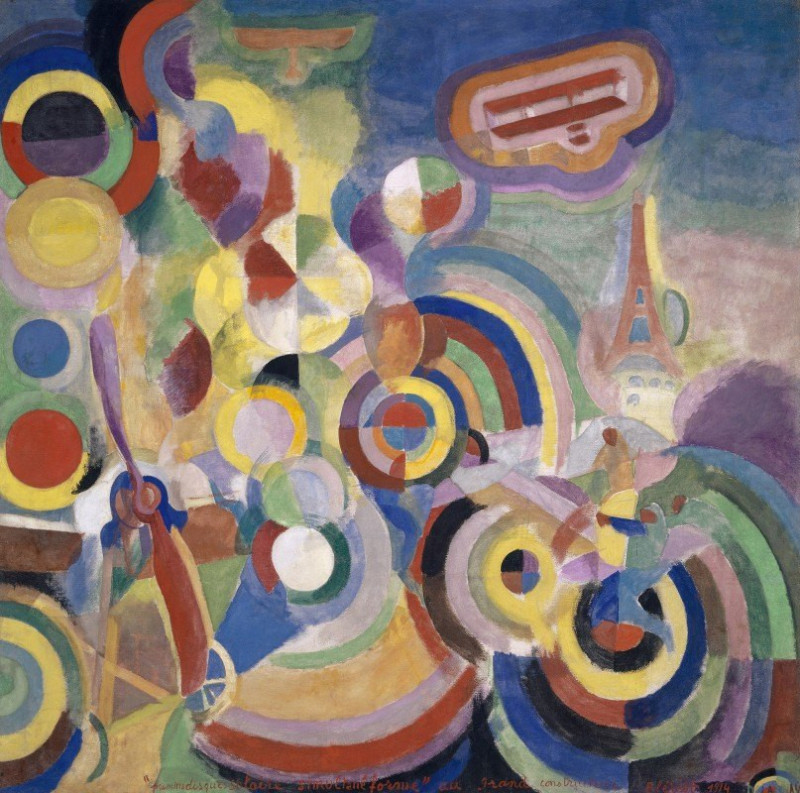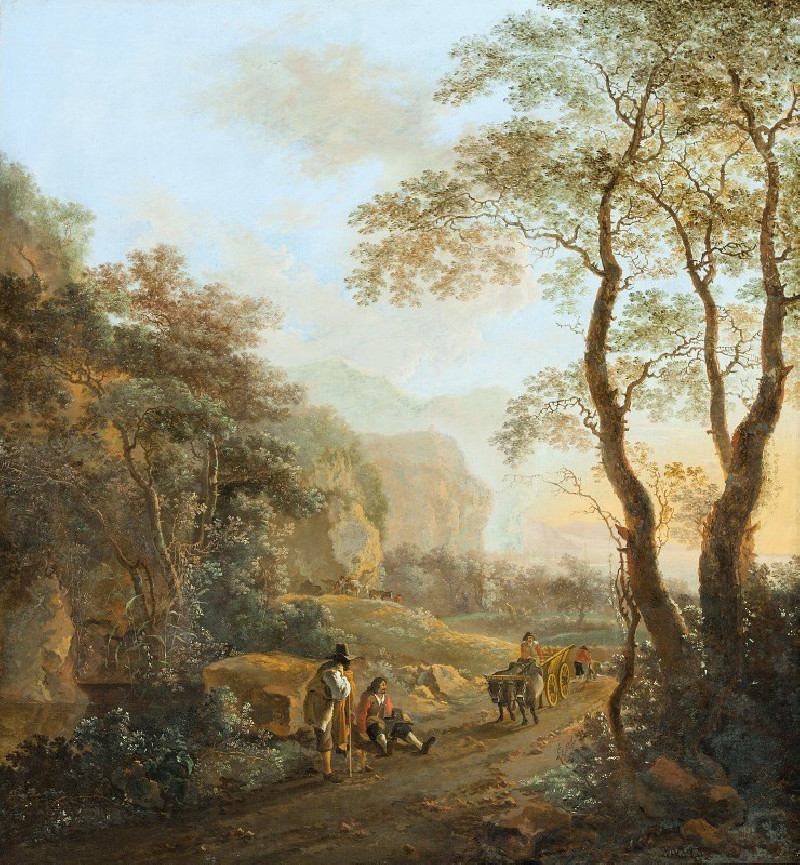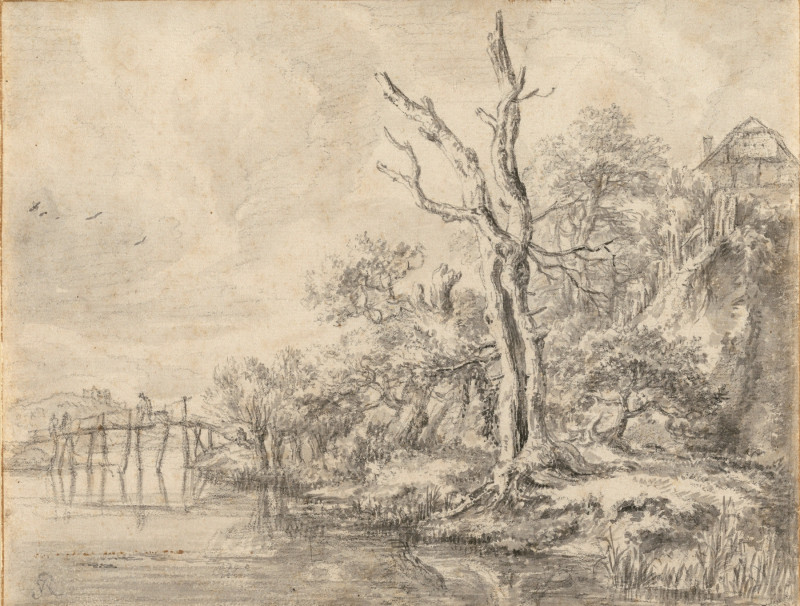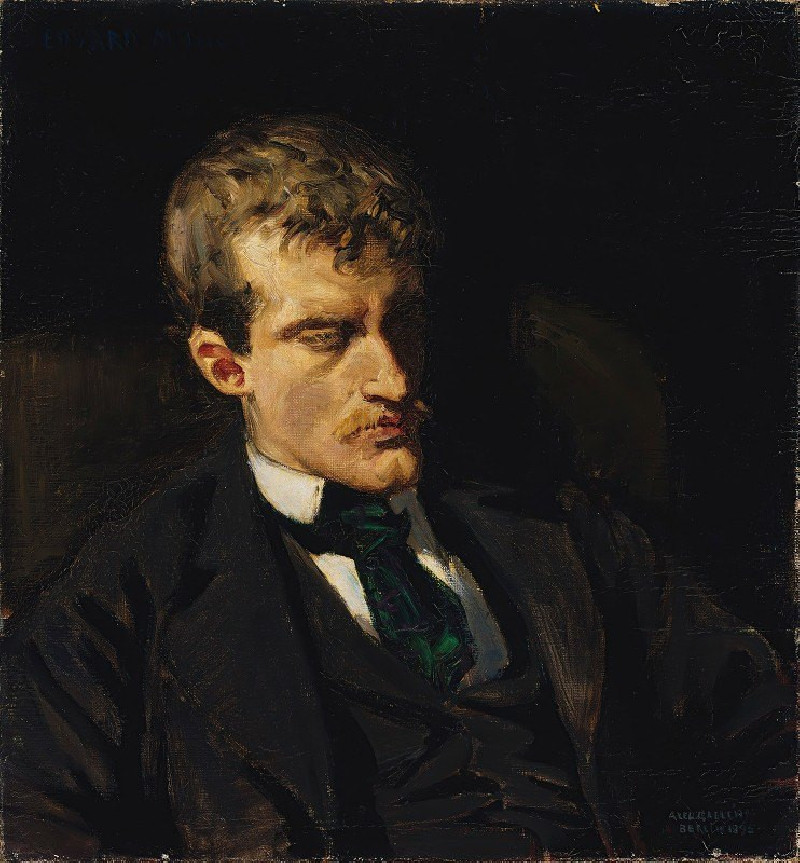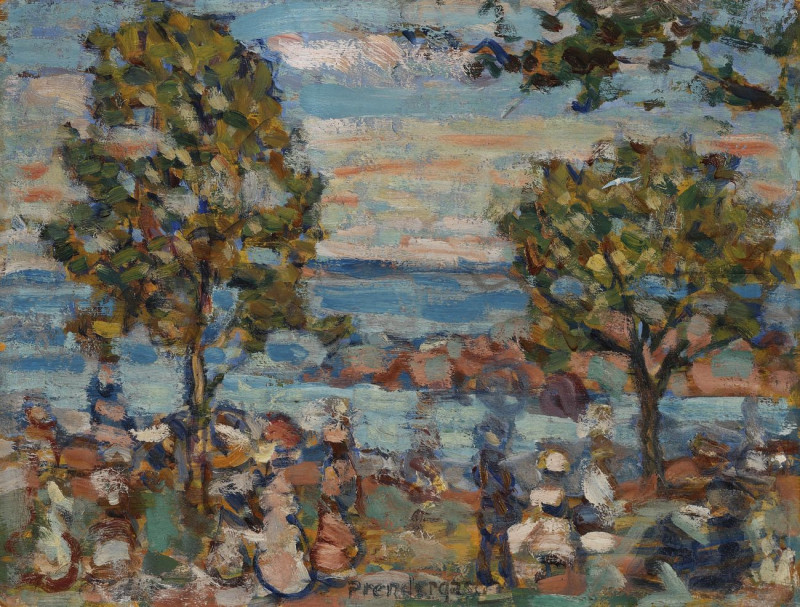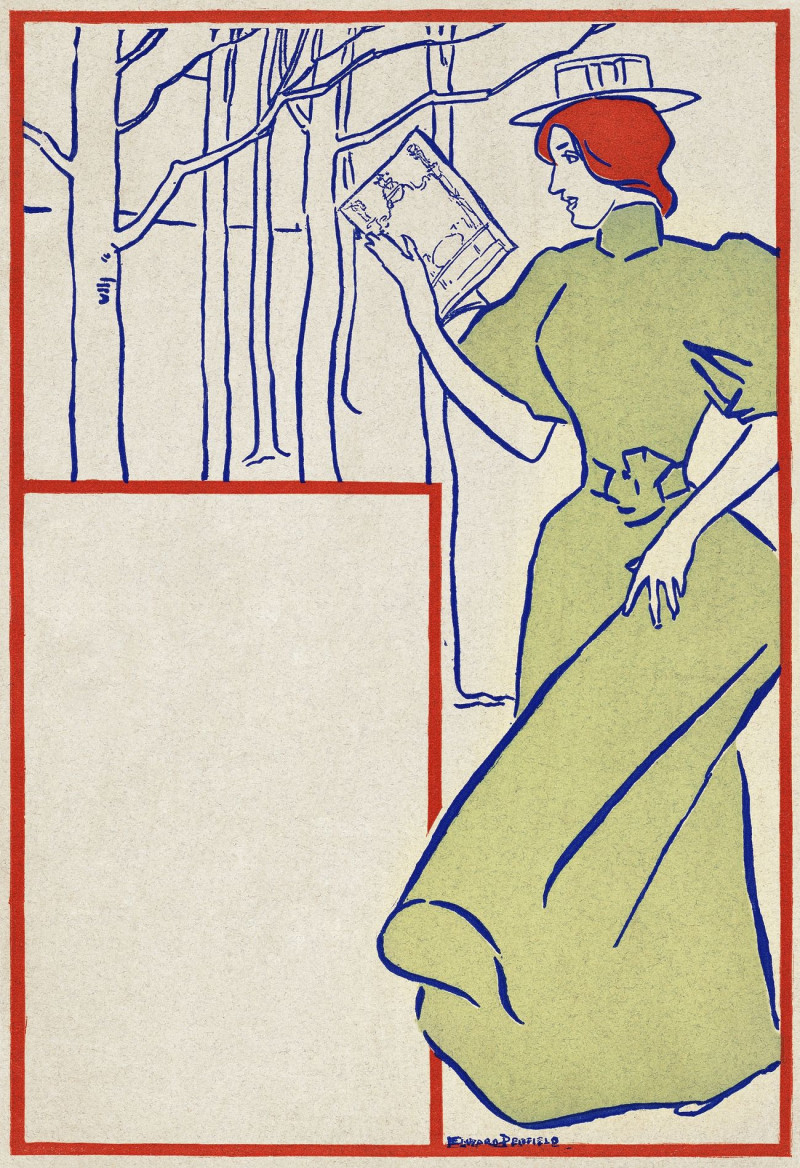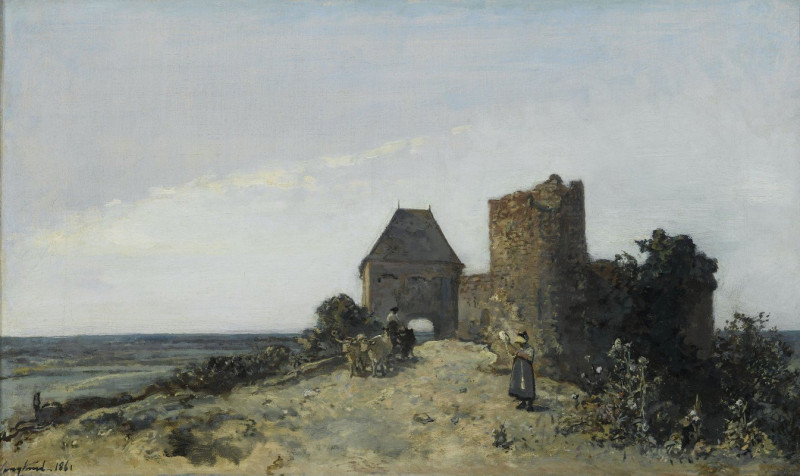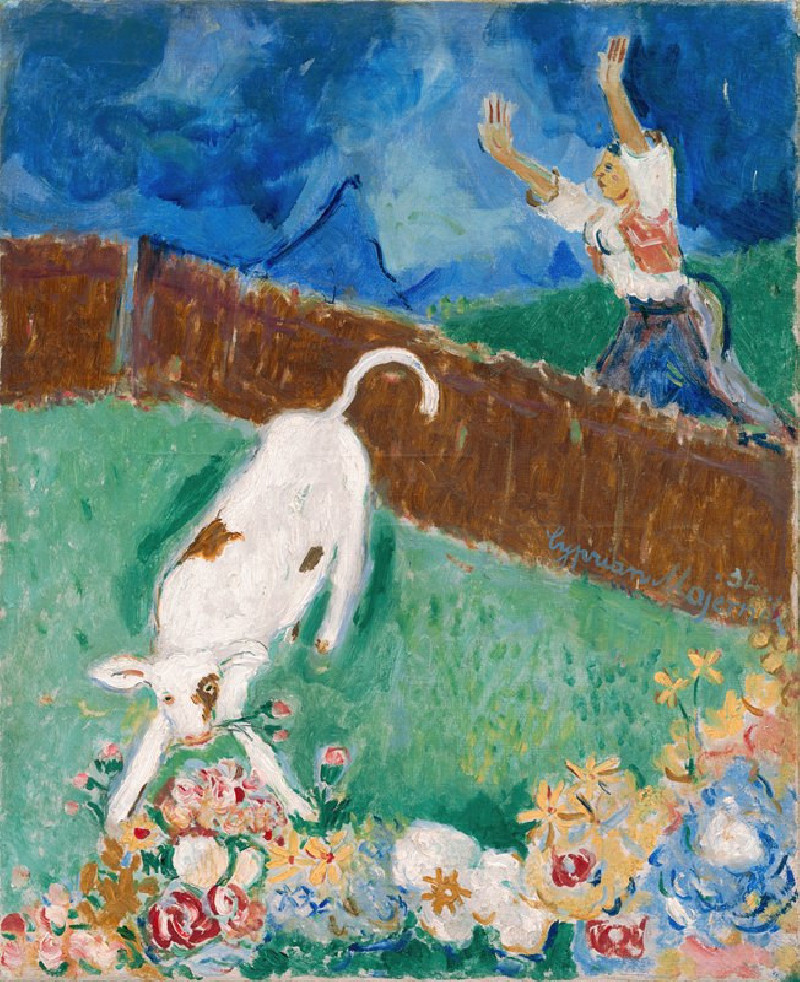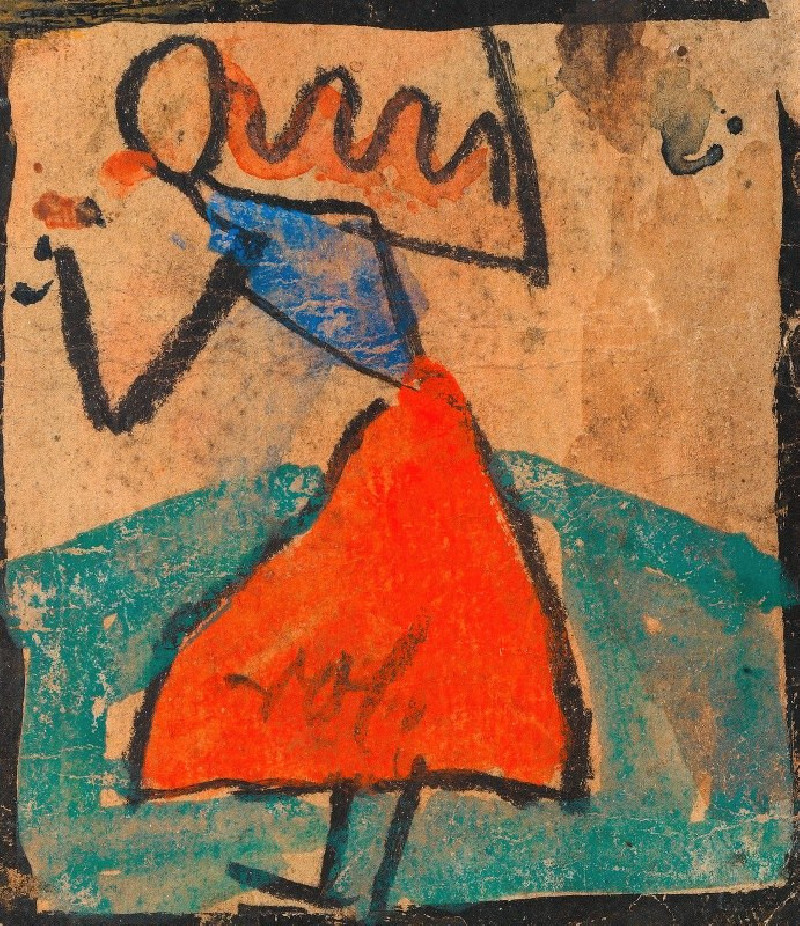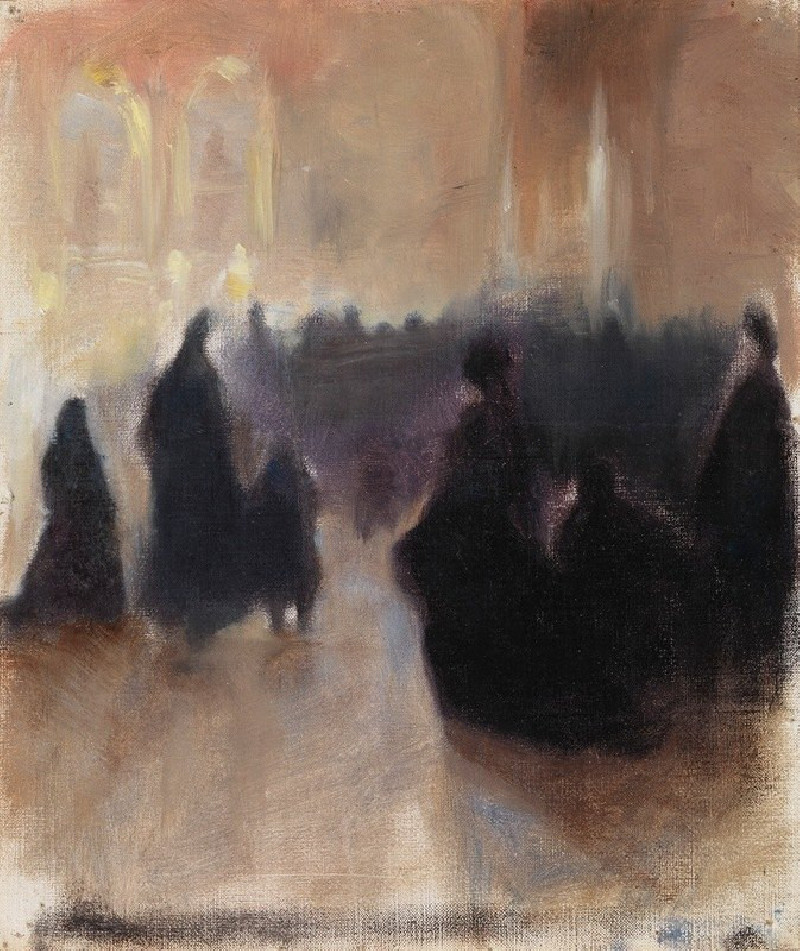The Cradle (1872)
Technique: Giclée quality print
Recommended by our customers
More about this artwork
Welcome to a serene moment captured by the soft, lyrical brushstrokes of Berthe Morisot in her tender work, "The Cradle," painted in 1872. This painting is a beautiful testament to Morisot's delicate treatment of light and her sharp eye for emotional depth, making it one of the most revered pieces in the Impressionist movement."The Cradle" features two subjects: a vigilant mother and her peacefully sleeping infant. The mother, dressed in a dark, formal jacket with a white blouse, leans with a gentle gaze upon her child, who rests under the gossamer drapes of a white cradle. The translucent veil adds a dreamlike quality, filtering light that softly envelops the baby. The contrast of the detailed, thoughtful expression on the mother's face against the innocent simplicity of the baby highlights a profound connection between parent and child—a timeless theme resonating with viewers.Morisot’s use of light, combined with her loose, expressive brushwork, creates an intimate snapshot of everyday life, elevated to a moment of quiet beauty and contemplation. This artwork not only solidifies her role as a pivotal figure within the Impressionist circle but also explores themes of motherhood and the female experience, bringing a deeply personal and revolutionary perspective to the 19th-century art scene.
Delivery
Returns
Landscapes and still life by French impressionist painter Berthe Morisot (1841–1895). She was celebrated for the feminine qualities of her paintings, intuitiveness, spontaneity and delicacy, and she often included her daughter Julie in her paintings. Berthe was married to the brother of Édouard Manet, and some say she was his muse, as she modeled in many of his paintings.

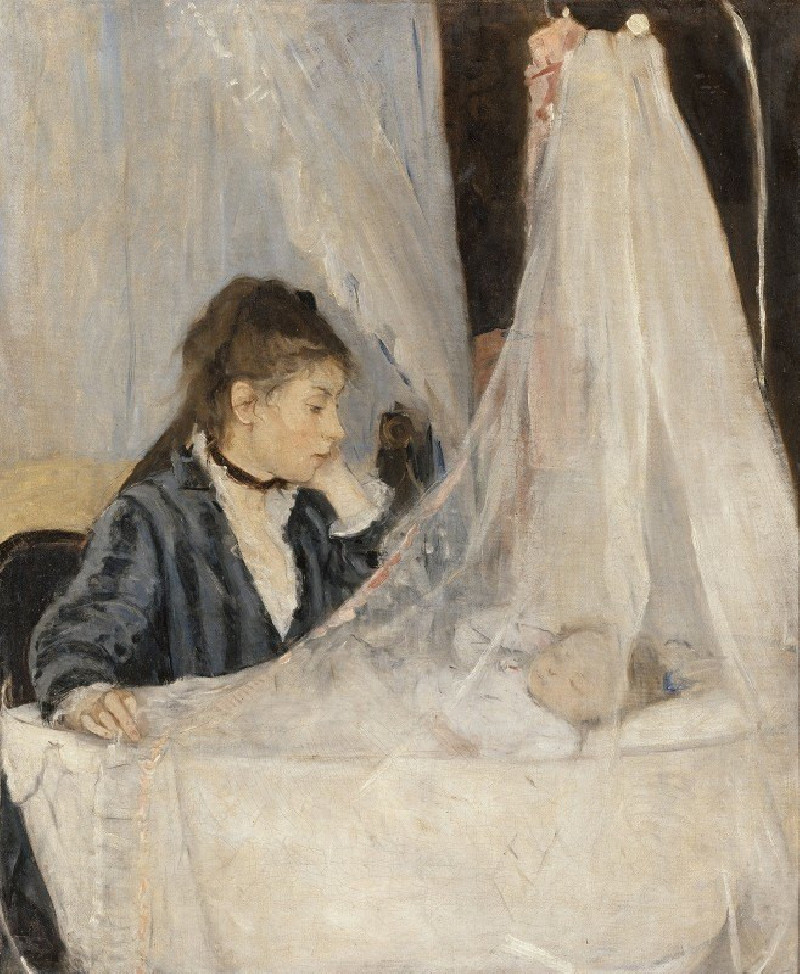
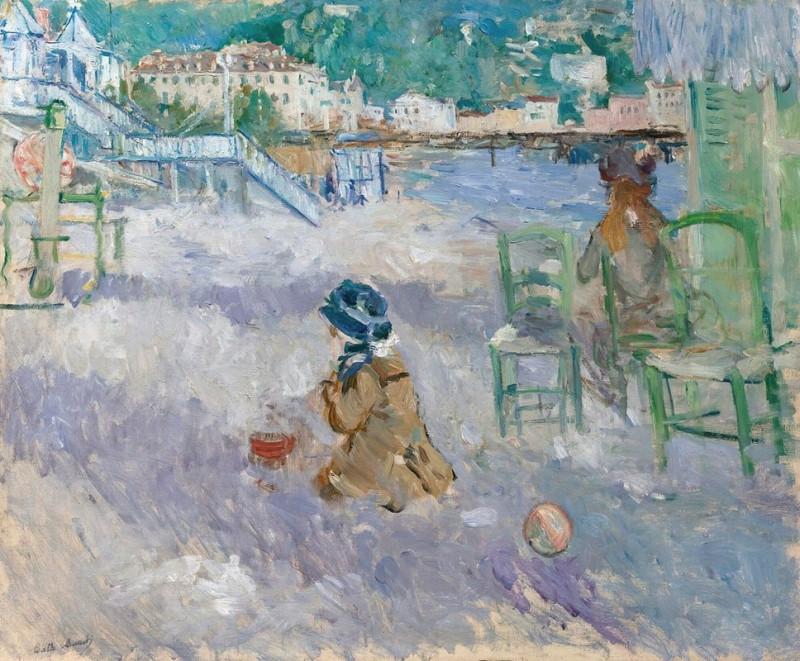
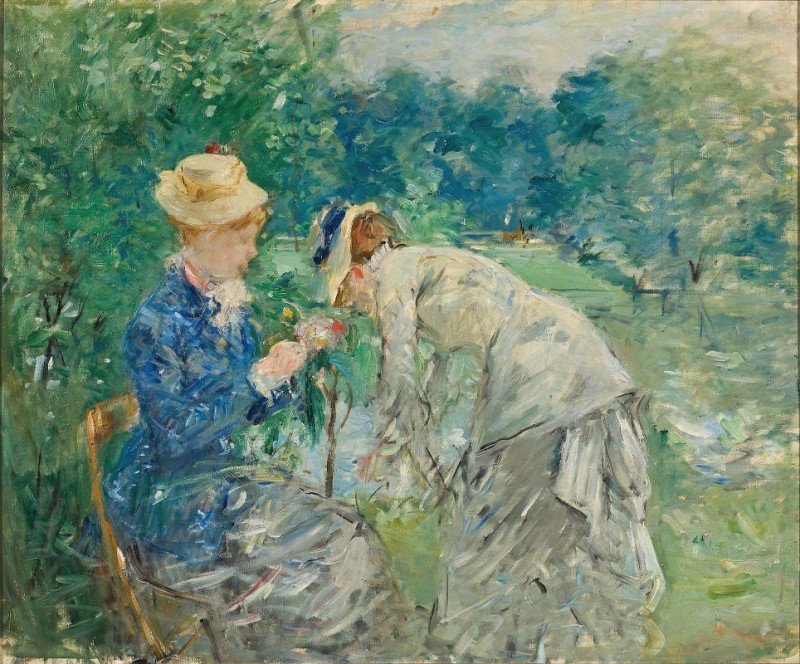

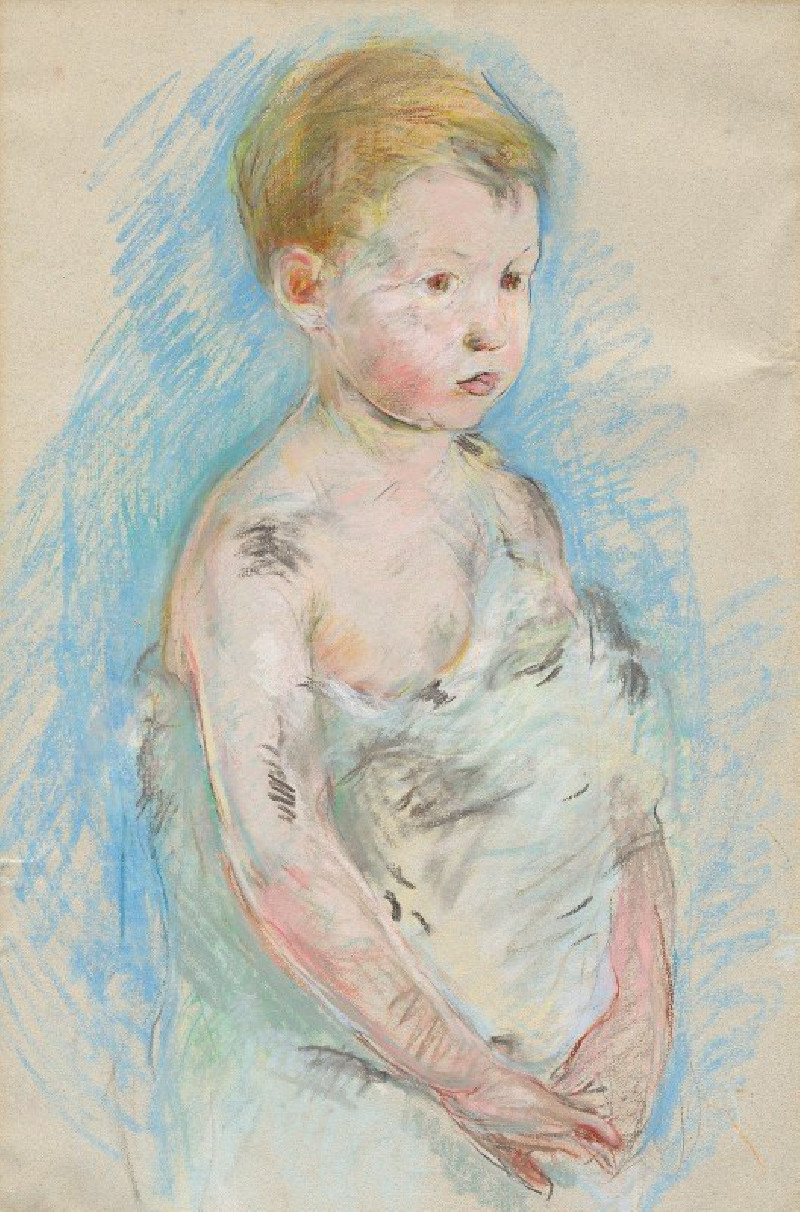
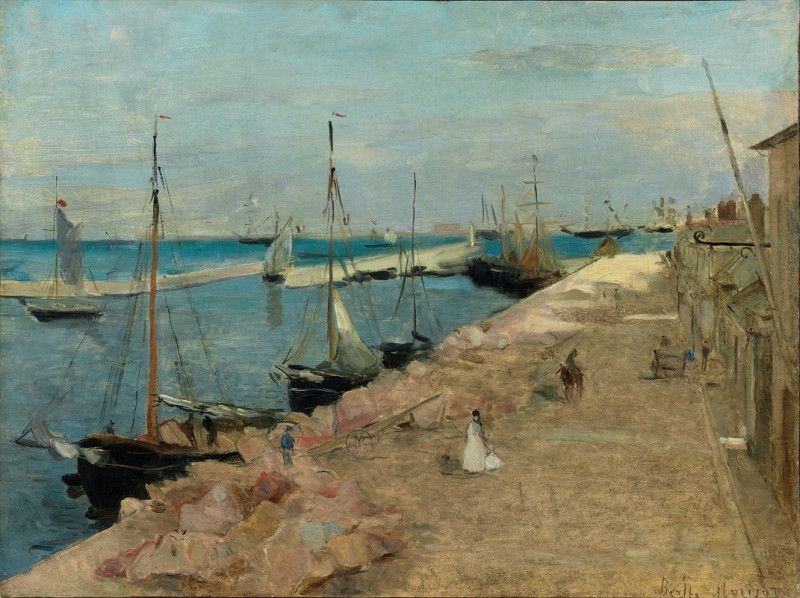
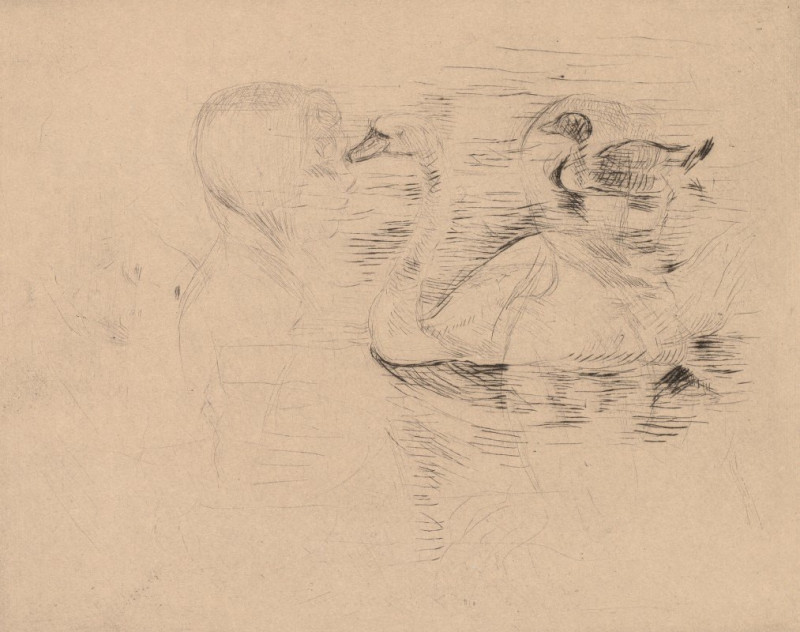

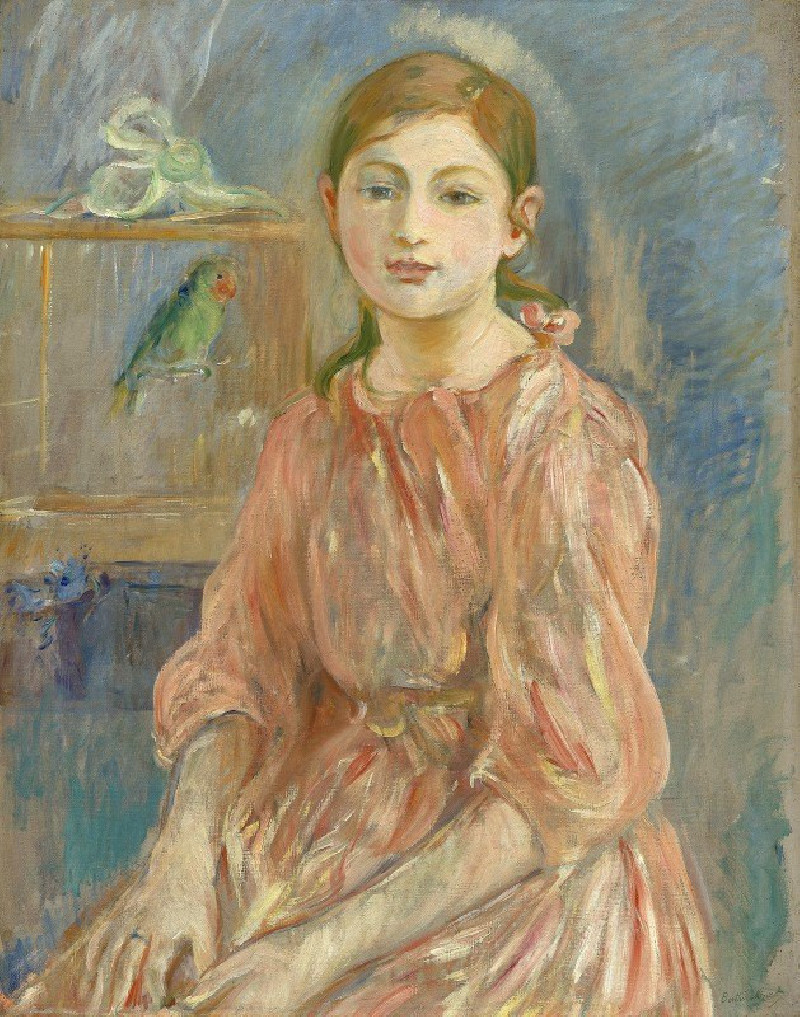

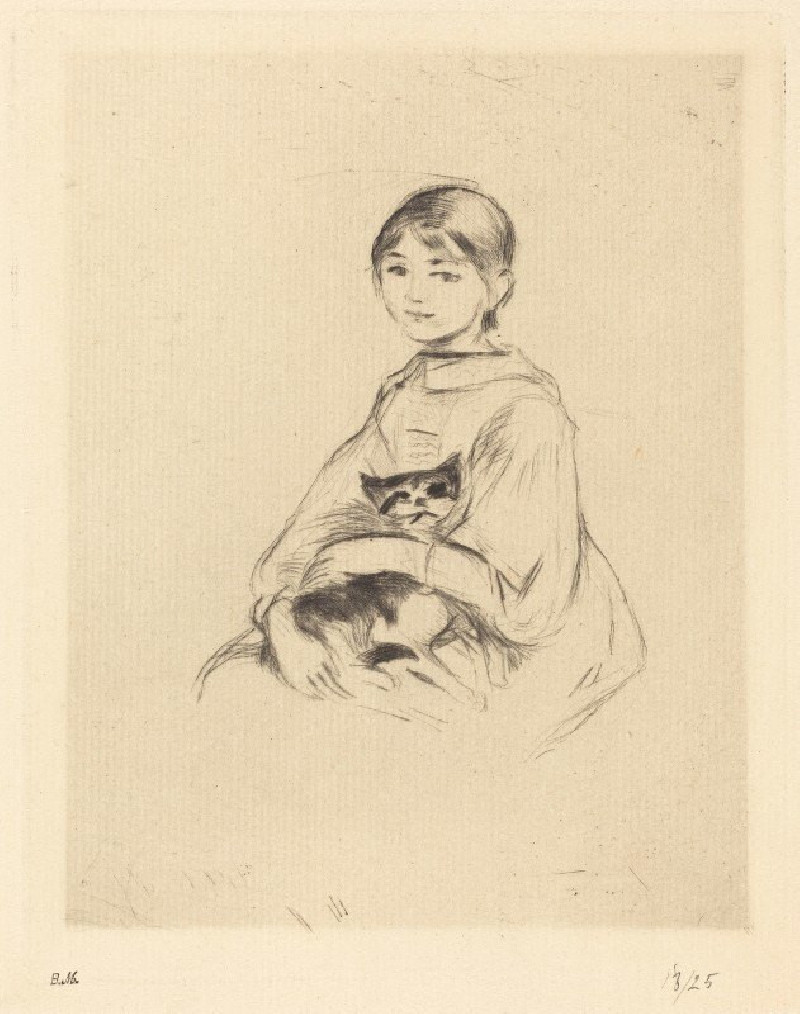
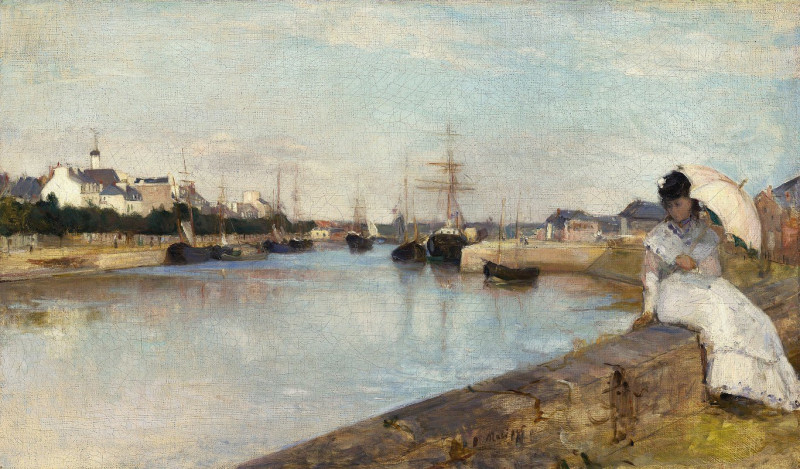
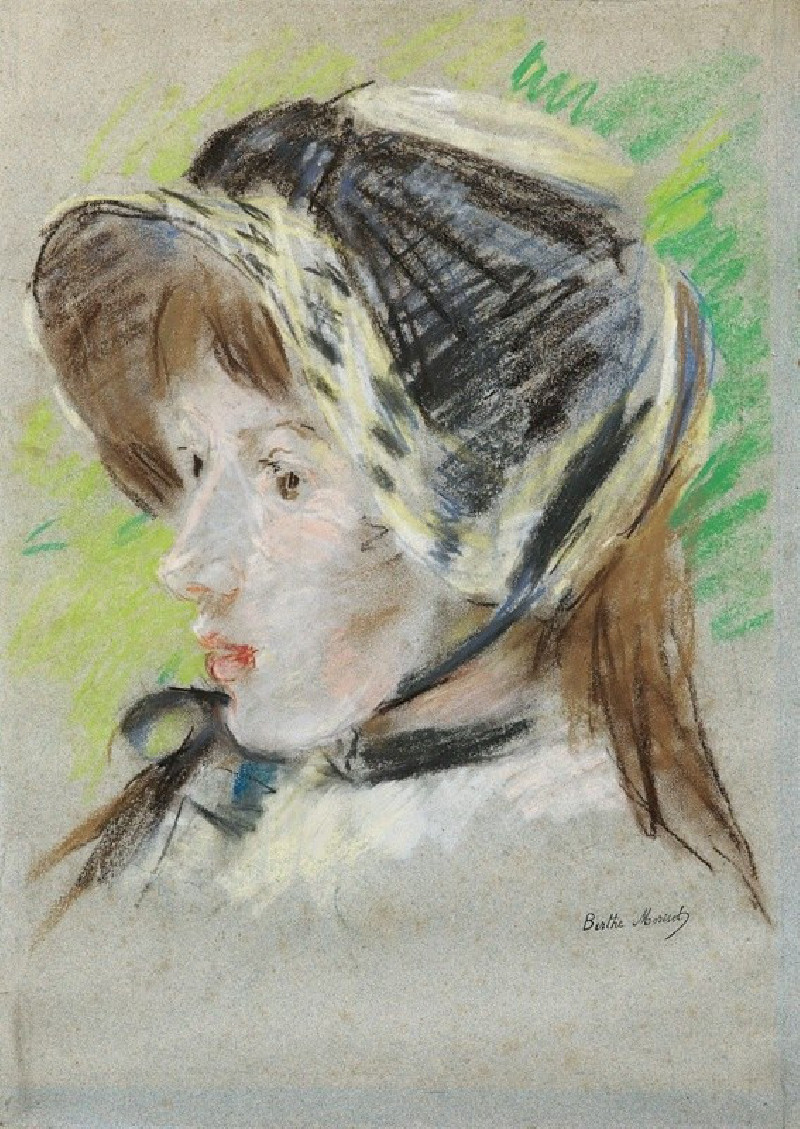
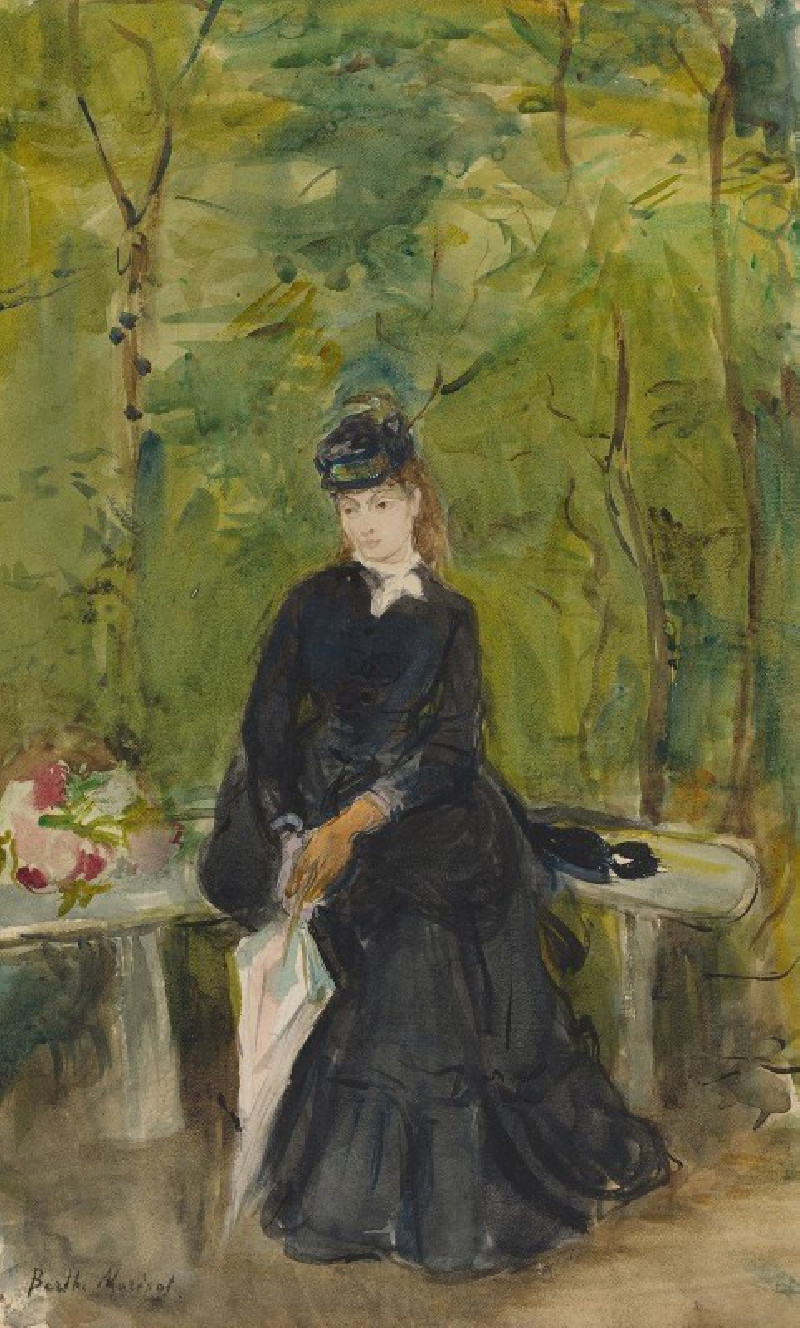

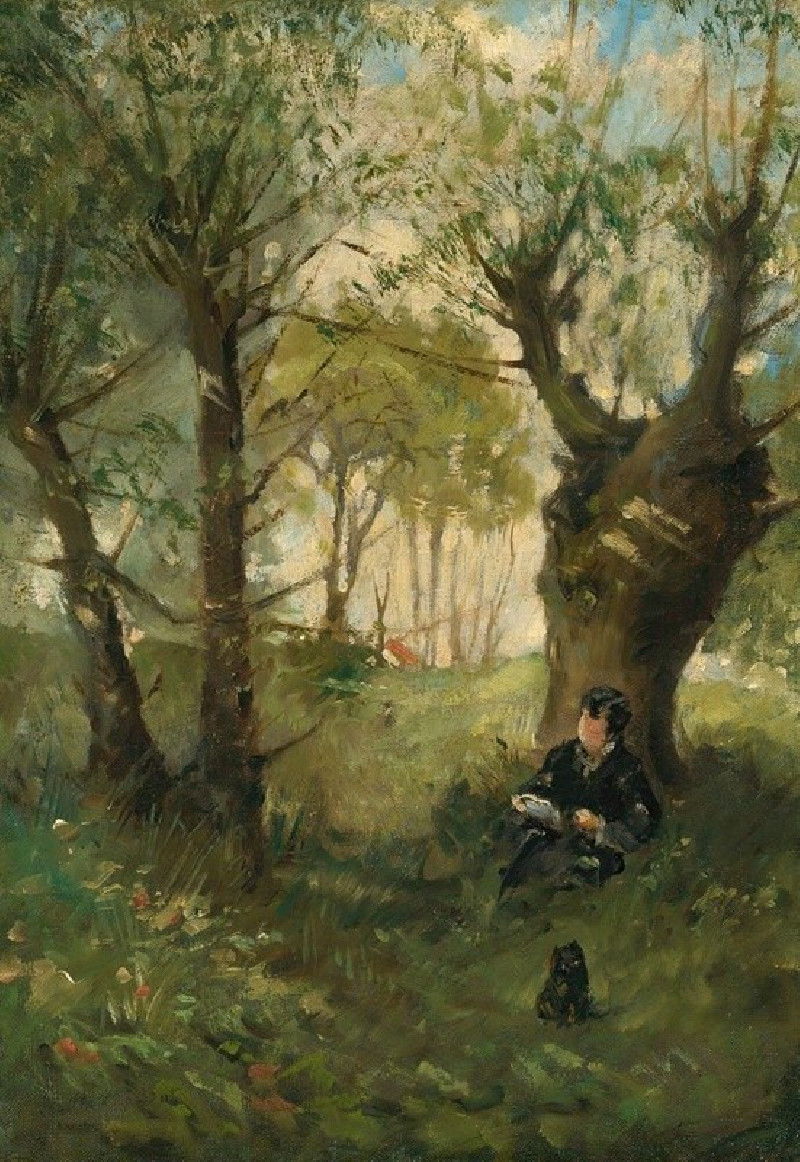
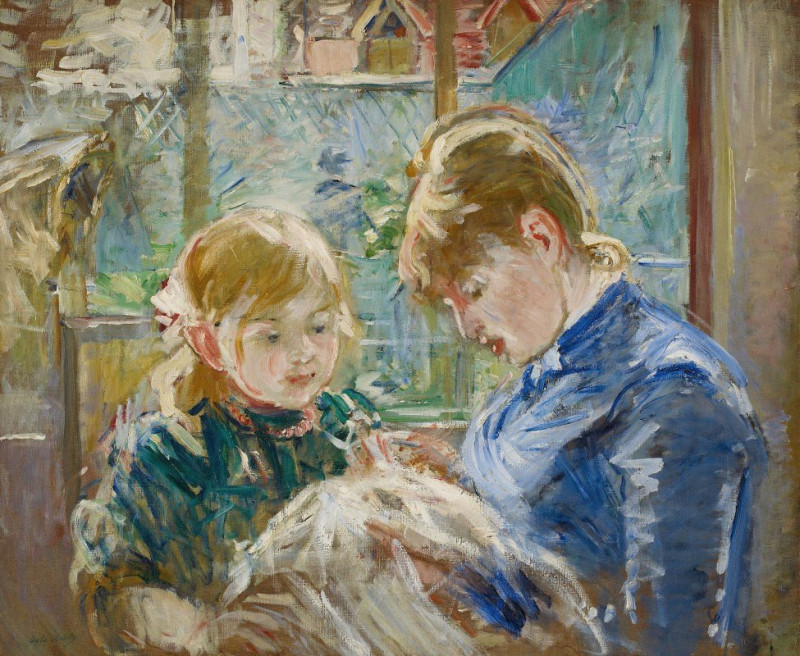
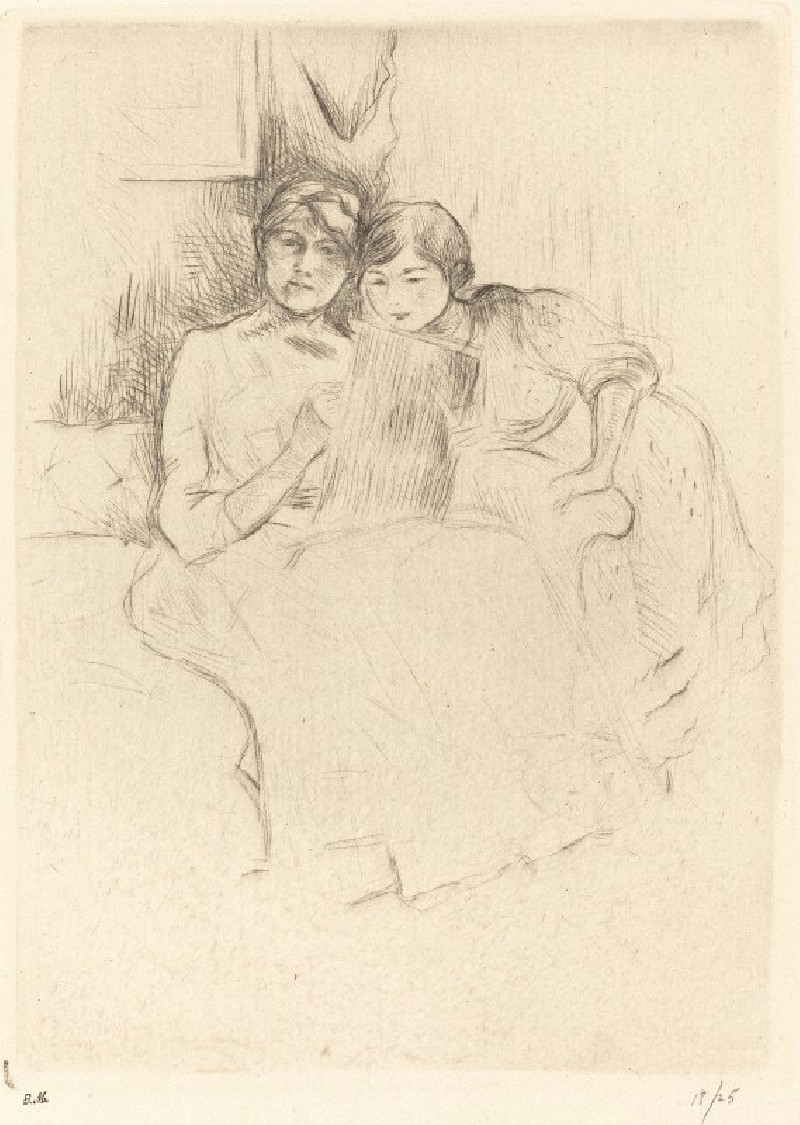

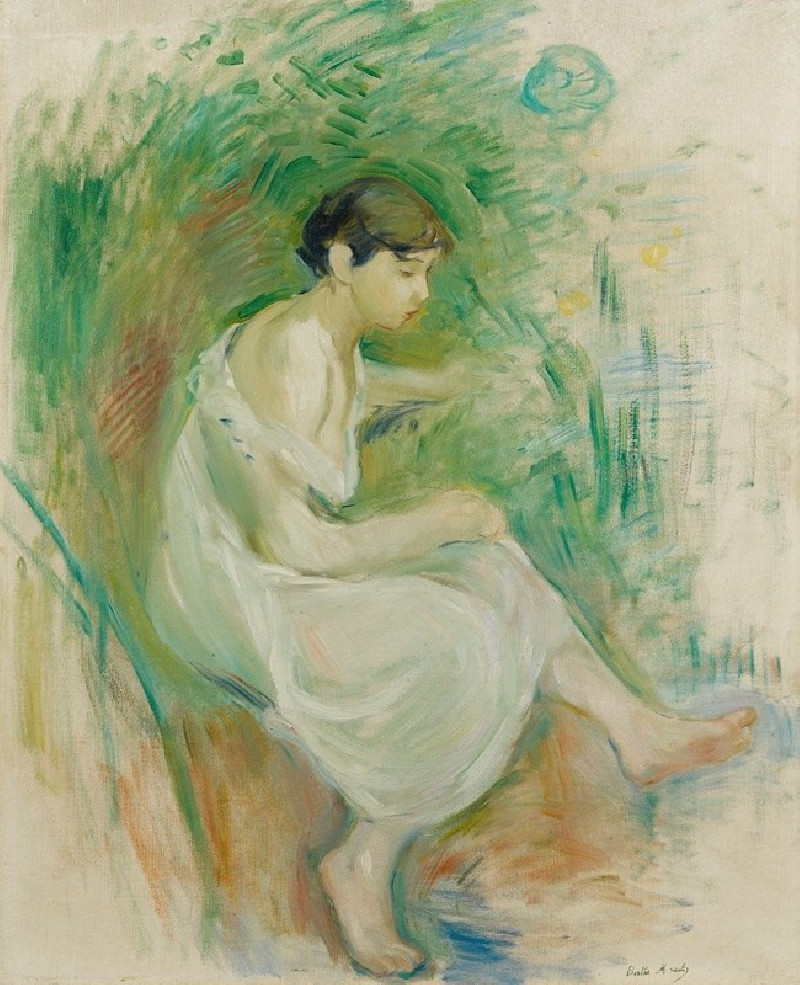
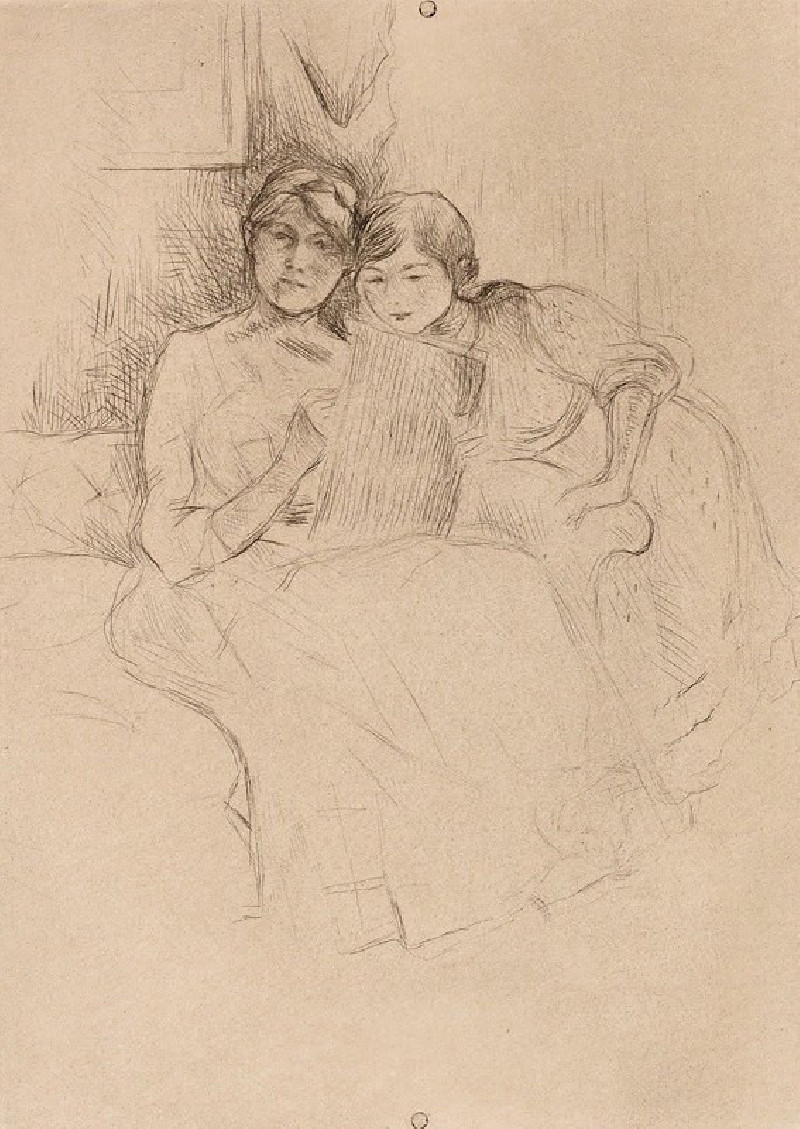
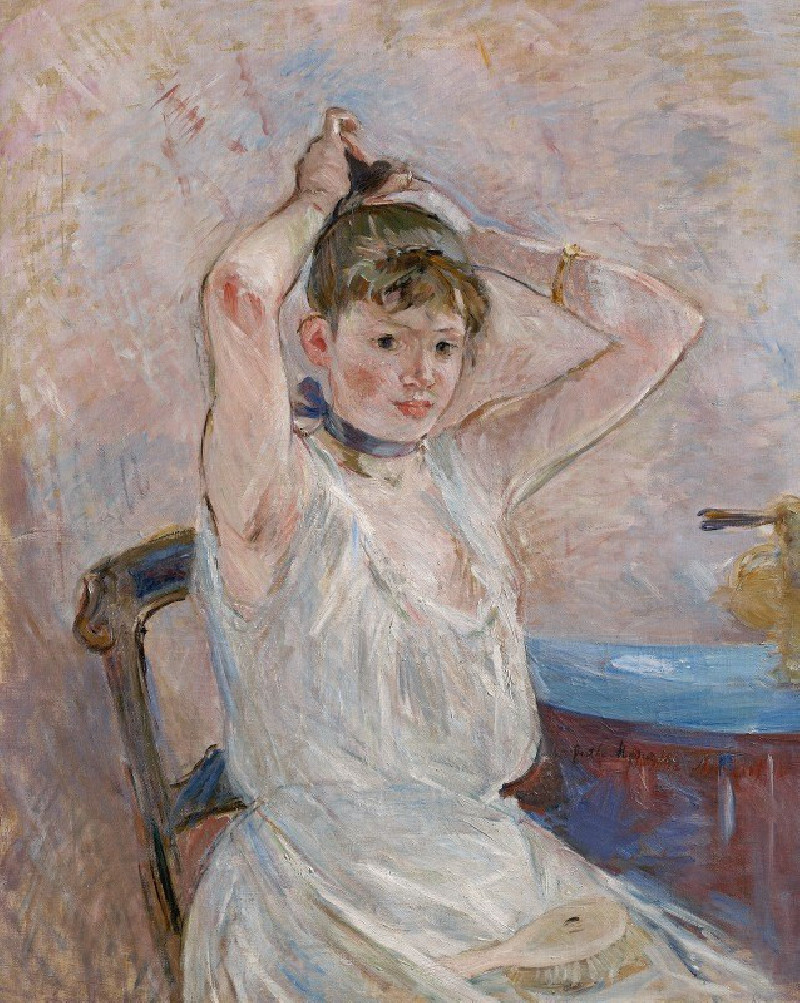

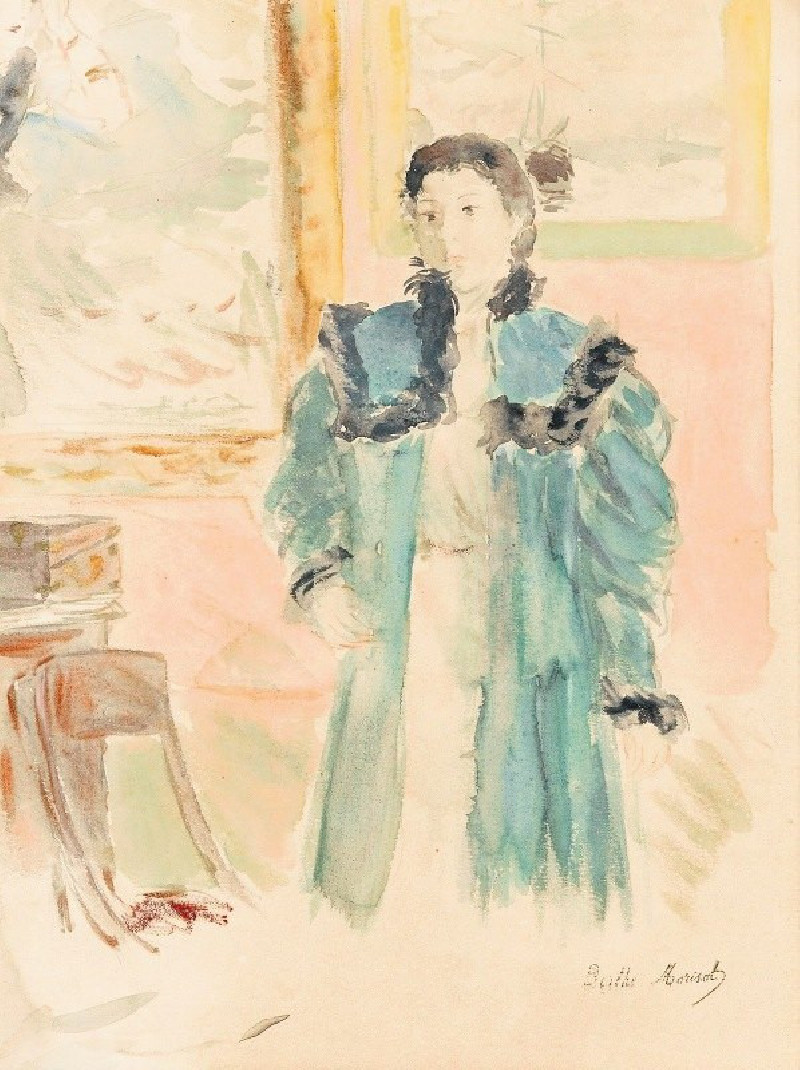
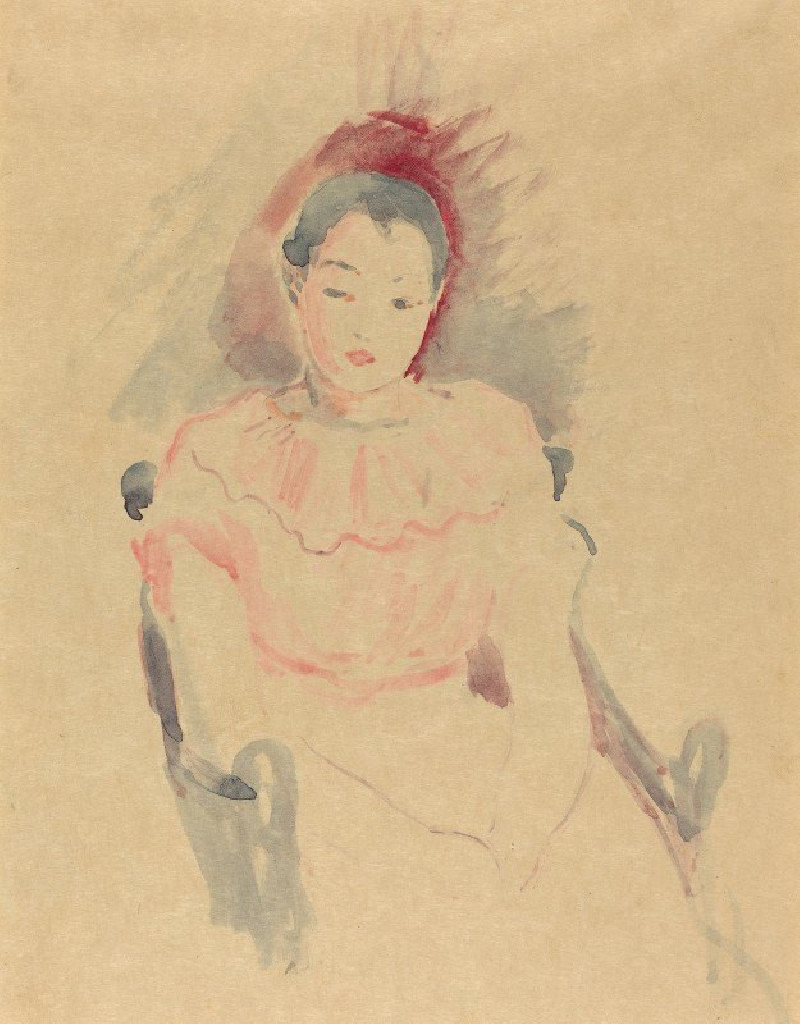
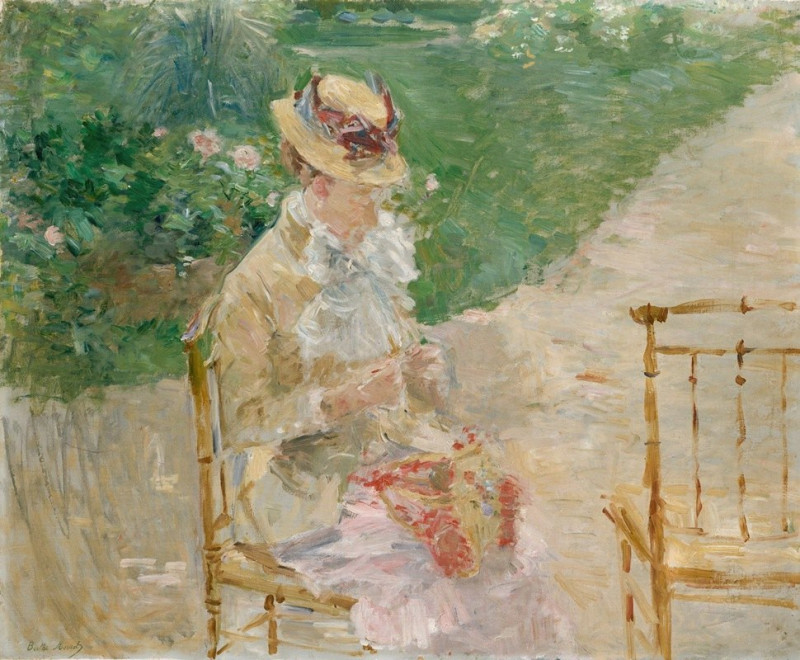
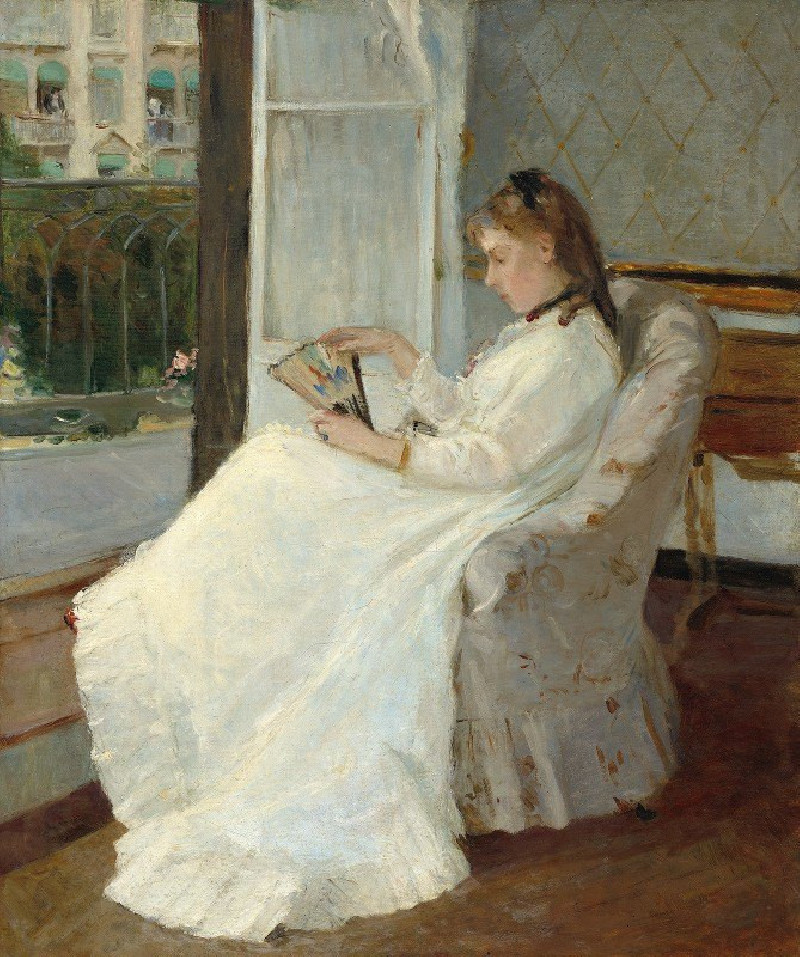
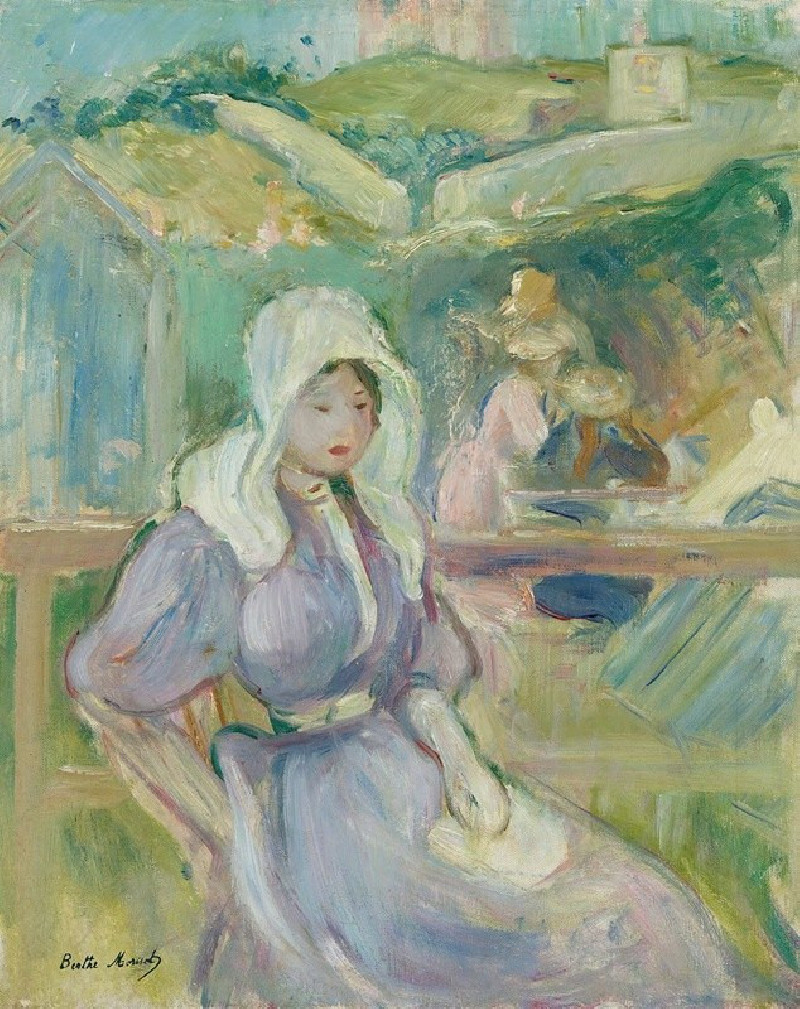
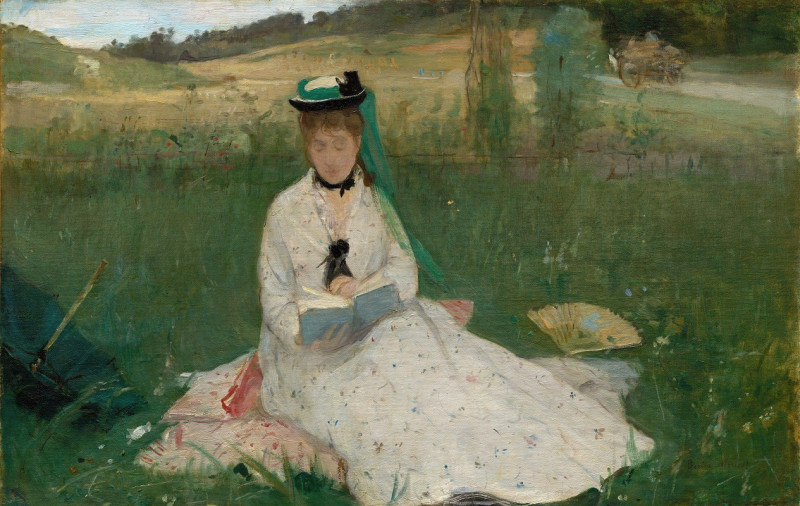
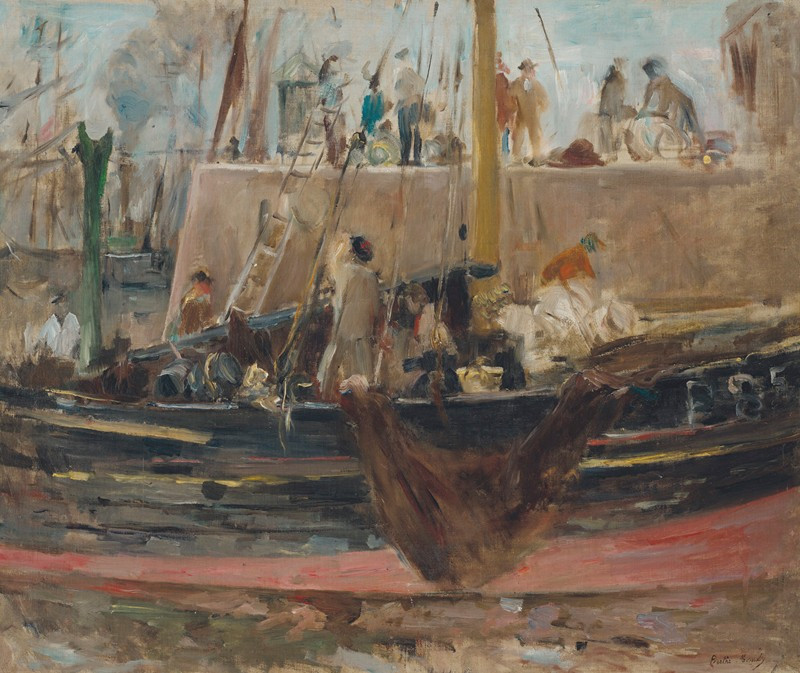


![Tombs of the Khalifs [Caliphs], Cairo. (1846-1849) reproduction of painting by David Roberts. ALL GICLEE PRINTS](https://reprodukcijos.lt/39172-large_default/reproduction-of-tombs-of-the-khalifs-caliphs-cairo-1846-1849.jpg)
